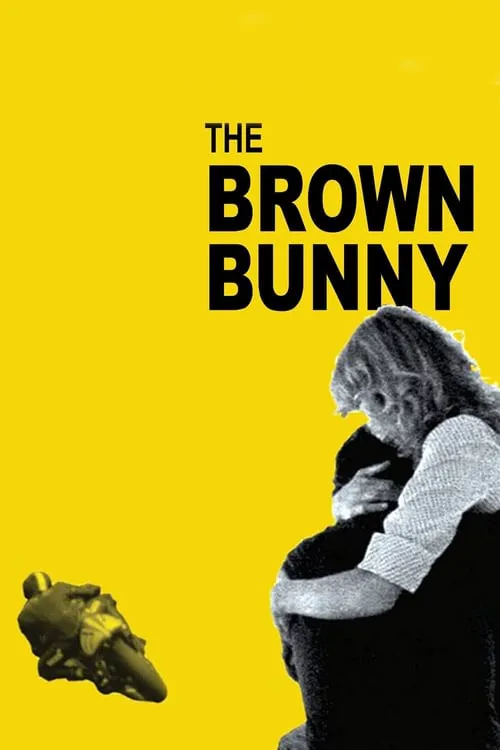The Brown Bunny

Plot
The Brown Bunny begins with a hauntingly nostalgic tone, transporting viewers to a world where the past lingers, and memories refuse to fade away. Directed by Vincent Gallo, an actor and filmmaker known for his unorthodox style, this film serves as a poignant reflection on love, loss, and the passage of time. Bud Clay, played by Vincent Gallo himself, is a road racing champion competing in the 250cc Formula II class. With a reputation for being fearless and driven, Clay lives life on his own terms, always chasing the next adrenaline rush. However, beneath his tough exterior lies a deeper, more vulnerable person, one who has been irreparably changed by his past experiences. The film takes place against the backdrop of Clay's grueling road trip from New Hampshire to California. He is scheduled to compete at the Grand Prix de Bol d'Or motorcycle race, but with five long days ahead of him, he finds himself with ample time for reflection and contemplation. Clay's journey is less about the thrill of racing and more about the lingering memories of Daisy, the woman he loves. Daisy (played by Chloë Sevigny) is an enigmatic figure in Clay's life. They have a deep, emotional connection that transcends mere romance, and their past moments together are forever etched in Clay's memory. As he drives through the desolate landscapes of America, Clay is haunted by visions of Daisy, recalling intimate moments, and re-experiencing the raw emotions of their relationship. Clay's road trip becomes an existential journey of sorts. He navigates through the open roads, often stopping at seedy gas stations, dingy motels, and rundown diners. These fleeting encounters with strangers become a metaphor for the anonymity and solitude that accompanies Clay on his travels. At a gas station, he meets a fellow motorcyclist, Tully Jensen, played by Erik Per Sullivan. Their brief, awkward conversation reveals a glimpse of humanity amidst Clay's nomadic existence. Meanwhile, flashbacks of Daisy's captivating presence are interspersed throughout the narrative. Their conversations, laughter, and moments of tenderness reveal the depth of their connection. As Clay's memories of Daisy begin to resurface, he starts to re-engage with his own emotional vulnerability, slowly shedding his tough facade. The film's narrative meanders, much like Clay's winding routes, reflecting the fragmented, non-linear nature of human memory. Time and space become fluid as the lines between reality and imagination blur. Gallo's unconventional storytelling style pays homage to the avant-garde filmmaking tradition, embracing silence and minimalism to convey the emotions and inner turmoil that drive Clay's journey. The supporting cast, including Ella Bleu Travolta, a then-new actress and daughter of John Travolta, contributes to the overall mood of melancholy and introspection. The cinematography, handled by Gallo himself, captures the desolate beauty of America's wide open spaces, underscoring the isolation and loneliness that accompanies Clay on his trip. As Clay approaches the end of his journey, his thoughts and emotions remain fixated on Daisy. The enigmatic woman remains a symbol of his longing and heartache, forever frozen in time. The film ends with Clay's contemplation of Daisy, an unrequited love that lingers in his heart, an enduring reminder of his own vulnerability and humanity. In The Brown Bunny, Vincent Gallo creates a cinematic work that defies easy categorization. This is a film about love, loss, memory, and the fragmented nature of the human experience. With its deliberate pace, poetic imagery, and non-linear narrative, The Brown Bunny offers an unconventional yet deeply affecting cinematic journey that explores the depths of a troubled soul.
Reviews
Recommendations




